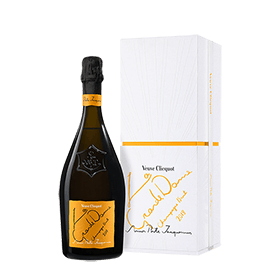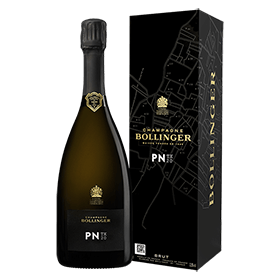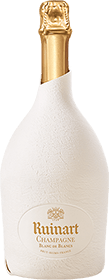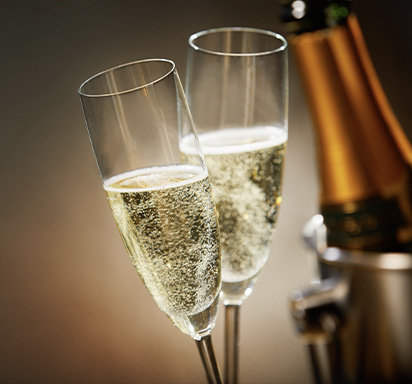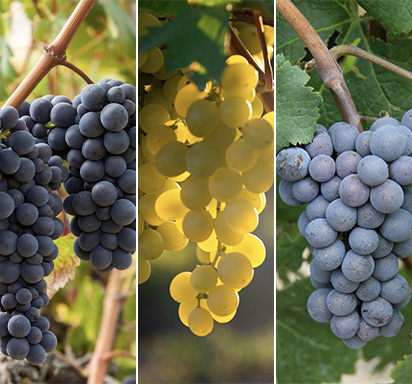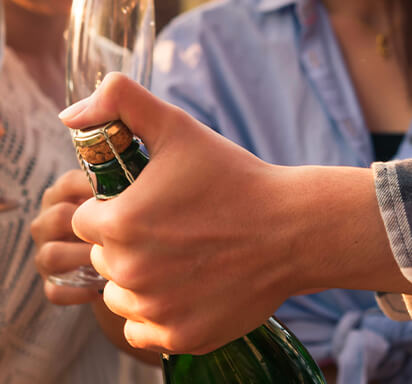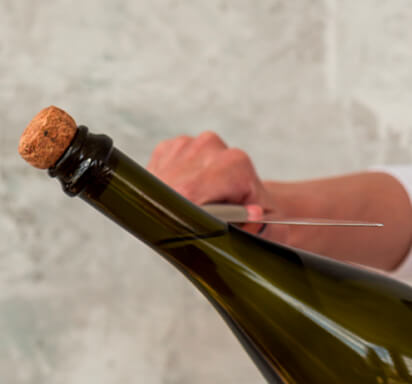Sparkling Wine vs Champagne | Similarities and Differences
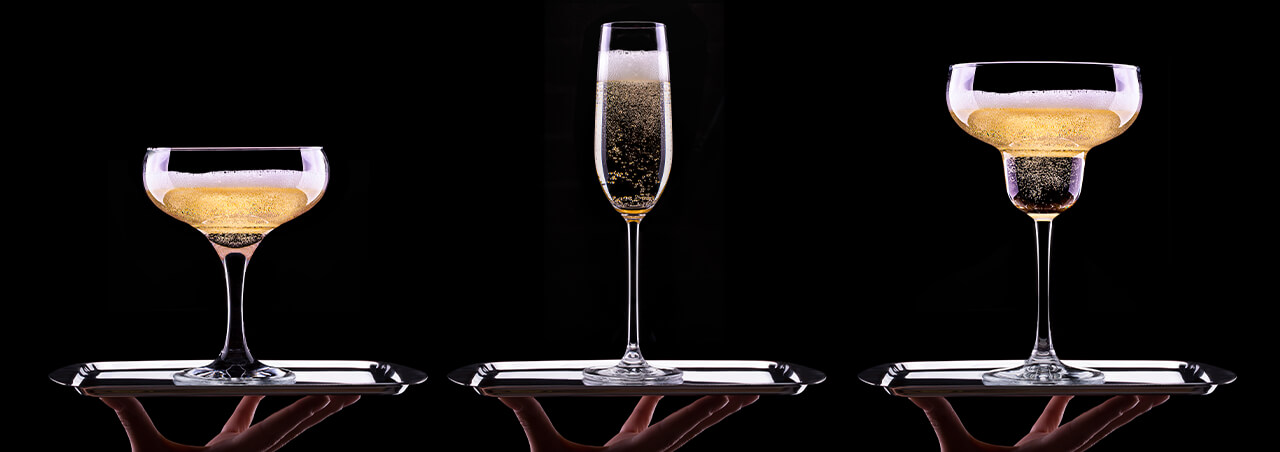
There is something truly special about opening a bottle of Champagne or sparkling wine. But have you ever wondered what sets apart Champagne from sparkling wineslike Prosecco, Cava and Lambrusco?
The pop of the cork leaving the bottle… The fizz of effervescence once the wine is served… There is something truly special about opening a bottle of Champagne or sparkling wine. But have you ever wondered what sets apart Champagne from sparkling wines, like Prosecco, Cava and Lambrusco? In this article we focus on “sparkling wines vs Champagne,” taking a closer look at the main similarities and biggest difference between Champagne and sparkling wine.
CHAMPAGNE VS SPARKLING WINE: A MATTER OF DEFINITIONS
Sparkling wine is any wine with a significant amount of carbon dioxide gas dissolved within it. This carbon dioxide gas leads to the creation of bubbles, which rise to the surface and form an overall fizzy or effervescent texture. Indeed what makes a wine sparkling is the presence of these CO2 bubbles. Sparkling wine is produced all over the world, from a wide range of grape varieties and using diverse winemaking techniques.
What is Champagne? Champagne is a type of sparkling wine made with the methode champenoise (or traditional method) from any combination of Chardonnay, Pinot Noir and Pinot Meunier grapes in the Champagne region of France. In the past, New World wine producing areas like California in the U.S. used the term “Champagne” to refer to their sparkling wines. This, however, became illegal after a 2006 trade agreement between the United States and the European Union.
Some of the best sparkling wines in the world happen to be Champagnes. Nevertheless, there are also many high-quality sparkling wines produced outside of Champagne, France.
DIFFERENCE IN PRODUCTION PROCESS: CHAMPAGNE VS PROSECCO
Sparkling wines are overall some of the most technical wines on the planet and the most complicated to produce. This is because they require two fermentations: an alcoholic fermentation to produce the wine and a secondary fermentation to create the CO2 bubbles. Sparkling wines can be categorized by where and how this additional secondary fermentation process takes place.
Champagne is a sparkling wine produced by the traditional method, by which second fermentation takes place in the bottle that is later sold. When secondary fermentation takes place in a sealed bottle, the CO2 produced as a by-product gets trapped inside and produces bubbles in the wine. The yeast eventually dies and the dead yeast cells (lees) remain in contact with the wine, imbuing the later with autolytic aromas of brioche and toast. They are finally removed by disgorgement.
The latter leads to a key difference between champagne and sparkling wine. Champagne is only produced by this traditional method, while sparkling wines can be produced in a number of ways. These include the following:
• The traditional method (Champagne, Cava, Franciacorta and Methode Cap Classique)
• The Charmat or tank method (Prosecco and Lambrusco)
• The transfer method (large format traditional method wines)
• The ancestral method (Petillant Naturel)
• Carbonation
• The continuous method
The difference between sparkling wine and Champagne may come from the production process. For example, Prosecco made by the tank method (whereby secondary fermentation takes place in a pressurized tank rather than a bottle) tends to have fresher fruit and floral aromas, as well as larger and frothier bubbles. As they are less expensive to produce, they also tend to be more affordable. To learn more about these differences, take a look at our Champagne vs Prosecco from Italy article!
DIFFERENCE IN GRAPE VARIETIES USED: CHAMPAGNE VS CAVA
The difference between Champagne and other sparkling wines can also come from grape variety choice. For example, Cava from Spain is another traditional method sparkling wine, produced in more or less the same way as Champagne. But while Champagne is made from Chardonnay, Pinot Noir and Pinot Meunier grapes, Cava is made with local grapes Macabeu, Parellada and Xarello. In this case, Xarello gives Cava wines a certain earthiness not found in most Champagnes.
Sparkling wines are produced from a wide range of grapes, each of which contributes their signature varietal aromas to the wine. These varietal characteristics can make the difference between Champagne and other sparkling wines. Which grapes are chosen also help define the various types of champagne and sparkling wines.
DIFFERENCE IN TERROIR: CHAMPAGNE VS FRANCIACORTA
Finally, the difference between Champagne and other sparkling wines may also depend on terroir, or the natural characteristics of the vineyard in which the grapes were grown. Consider Franciacorta, which is a traditional method sparkling wine made in Italy in much the same way as Champagne. Franciacorta is made from Chardonnay, Pinot Nero (or Pinot Noir) and Pinot Bianco, similar to the blend used in Champagne. The main differences between these two sparklers come from terroir.
While Champagne in the north of France is home to a continental and Atlantic climate with cold winters, Franciacorta has a warmer and more temperature climate. The latter gives Chardonnay rounder yellow fruit and tropical fruit aromas, which are riper and more generous than the more steely and bright aromas of Champagne’s colder climate Chardonnay.
Soil type also plays a key difference in comparing Champagne with Franciacorta. While Champagne is known for its clay and limestone soils with a high proportion of chalk, Franciacorta is home to mostly morainic (glacial) loamy soils, rich in silt and sand. These differences translate into texture and flavor differences between Champagne and Franciacorta.
A KEY SIMILARITY BETWEEN CHAMPAGNE AND SPARKLING WINE
Despite the many differences between Champagne and other sparkling wines, a major similarity is the diversity of styles found in each category. Just like Champagne, sparkling wines like Prosecco, Cava and Franciacorta can be produced as a white or rosé wine, as a vintage or non-vintage wine and as a dry, extra dry, brut (as in the very popular brut champagne) or sweet wine depending on how much sugar is added in the dosage.
Do you find yourself asking “But where will I be able to find sparkling wines and champagnes near me?” Browse our selection online or visit our team at our boutique in New York’s Upper East Side! And if you need assistance choosing between Champagne and another style of sparkling wine, do not hesitate to contact us directly. We would be happy to guide you through the wonderful world of bubbly!
You may like
Prosecco and Crémant are both sparkling wines, but their differences lie in production methods, flavor, and origin. Learn about the Charmat and traditional methods, the taste profiles, and the best food pairings for each wine.
1/31/2025Unveil the unique characteristics of Champagne Blanc de Blancs and Blanc de Noirs. Learn how these two styles differ in flavor, grape varieties, and food pairings to elevate your Champagne experience.
12/19/2024Discover how Chardonnay, Pinot Noir, and Pinot Meunier shape the distinct character of Champagne. Learn about rare grape varieties and explore notable examples from top producers in the world’s most famous sparkling wine region.
7/4/2024To help you safely open a bottle of bubbly, we have put together a guide with 6 simple steps. Learn more about when to open a bottle of Champagne and how to do it in the safest and most graceful way.
3/11/2023A swift swoop of the knife along the neck of the bottle, followed by a “pop!” as the glass shatters and the “hiss” of the Champagne as it flows out. There is no more festive way of opening a bottle of Champagne than by sabering it
3/8/2023Guardian of the bottle and the precious bubbly inside, the cork serves an essential role in the preservation of Champagne. Over the years, it has evolved and adapted to this very special role.
3/6/2023



